This Chinese Plant Evolves To Be Invisible To Humans For Survival
Dhir Acharya - Nov 26, 2020
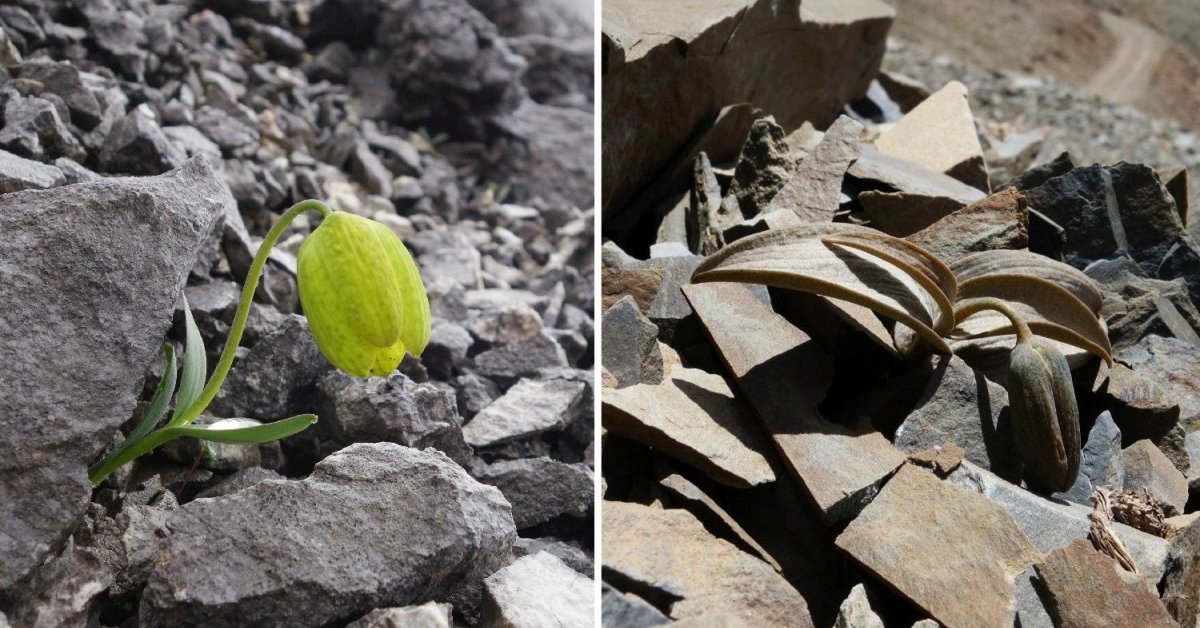
In the rocky Hengduan mountains, there Is a perennial herb named Fritillaria delavayi, whose color varies from brown to grey to green.
- Japan Hydrogen Breakthrough: Scientists Crack the Clean Energy Code with Mind-Blowing 1,000% Efficiency Jump
- 'Five-second rule' For Food Dropped On The Floor: Is It True?
- Scientists Want To Send 6.7 Million Samples, Including Sperm, To The Moon
In the rocky Hengduan mountains, there Is a perennial herb named Fritillaria delavayi, whose color varies from brown to grey to green. It also produces a bright yellow flower after five years of growth.
But like other plants, Fritillaria delavayi has been harvested by humans to make Chinese medicine. Over the past 2000 years, the bulb of this species has been used in treating ailments of the lungs at a high price, which makes people harvest it more and more.
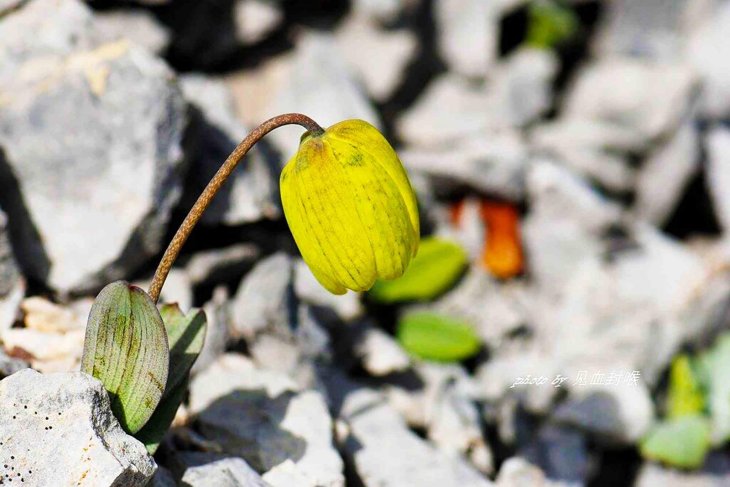
Now, according to a new paper, this species has developed an unusual pattern because of humans: with increasing harvesting, Fritillaria delavayi has become nearly invisible to survive.
A team of international botanists measures multiple things about this species. First of all, the team looked at how the varying population of this flower matches their environment and how easy it was to collect them. Next, they spoke to local people to estimate how much of the species was harvested in those locations.
They found that the flower’s invisibility correlated with the levels of harvesting. In addition, a computer experiment showed that plants with more camouflage were harder for people to detect, helping them increase the chance of survival.
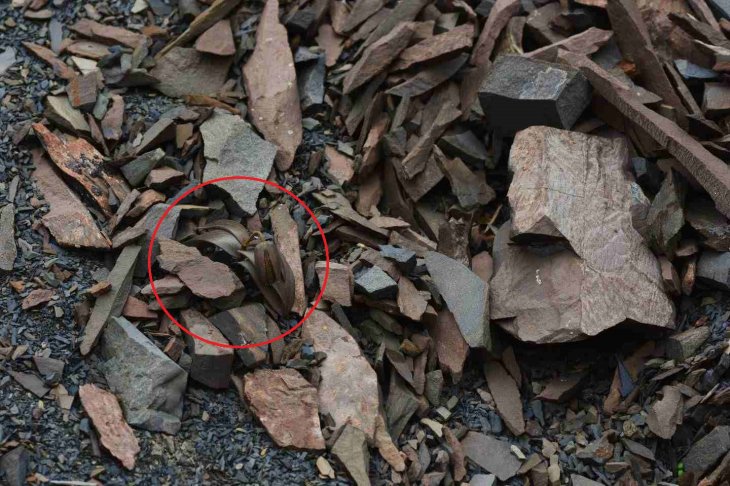
In areas with more intense harvesting, Fritillaria delavayi evolved to get brown and grey flowers and leaves, making them less easy to detect by pickers. The leave color had also matched the surrounding to make the plant overall invisible.
Meanwhile, in areas too high for harvesters to visit regularly, the plant remained green leaves and yellow flowers, their original colors, according to Phys.
Professor Martin Stevens stated this evolution was extraordinary, saying:
“It's remarkable to see how humans can have such a direct and dramatic impact on the coloration of wild organisms, not just on their survival but on their evolution itself.”
“Many plants seem to use camouflage to hide from herbivores that may eat them—but here we see camouflage evolving in response to human collectors. It's possible that humans have driven evolution of defensive strategies in other plant species, but surprisingly little research has examined this.”
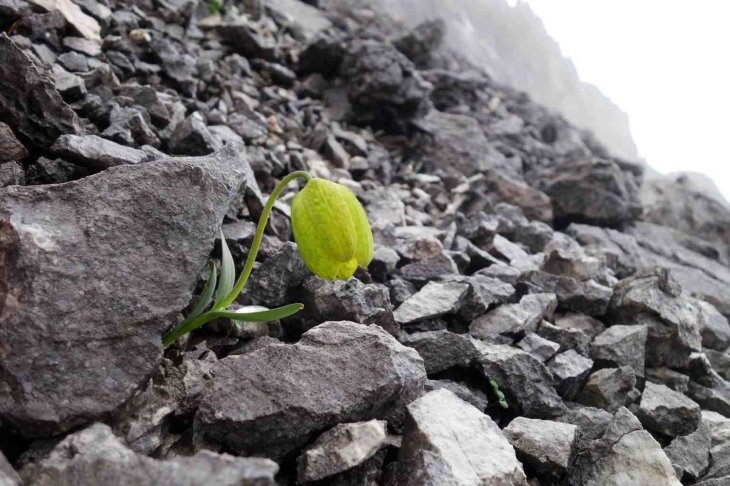
At the same time, professor Hang Sun said that commercial harvesting puts much larger selection pressure on species than other natural pressures. The professor added that the current biodiversity status we see on the Earth is generated by both natural and humans.
>>> Indian Village Concludes Diwali Celebrations With Cow Dung Battle
Featured Stories

Features - Jul 01, 2025
What Are The Fastest Passenger Vehicles Ever Created?

Features - Jun 25, 2025
Japan Hydrogen Breakthrough: Scientists Crack the Clean Energy Code with...

ICT News - Jun 25, 2025
AI Intimidation Tactics: CEOs Turn Flawed Technology Into Employee Fear Machine

Review - Jun 25, 2025
Windows 11 Problems: Is Microsoft's "Best" OS Actually Getting Worse?

Features - Jun 22, 2025
Telegram Founder Pavel Durov Plans to Split $14 Billion Fortune Among 106 Children

ICT News - Jun 22, 2025
Neuralink Telepathy Chip Enables Quadriplegic Rob Greiner to Control Games with...

Features - Jun 21, 2025
This Over $100 Bottle Has Nothing But Fresh Air Inside

Features - Jun 18, 2025
Best Mobile VPN Apps for Gaming 2025: Complete Guide
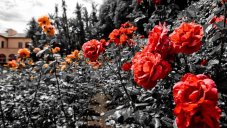
Features - Jun 18, 2025
A Math Formula Tells Us How Long Everything Will Live

Features - Jun 16, 2025
Comments
Sort by Newest | Popular